NextWealth / Services / Computer Vision / Semantic Segmentation
Unlock Image and Video Data Insights through Precise Pixel-Level Analysis with Semantic Segmentation Services
What is Semantic Segmentation?
Semantic segmentation is a computer vision technique that involves dividing an image or video into different segments and assigning a label to each segment. The labels represent the objects or parts of objects present in the image or video, providing a detailed understanding of the scene. At NextWealth, we offer comprehensive semantic segmentation services that are designed to help your business achieve their specific goals.
We offer a range of semantic segmentation services that can help organizations unlock the full potential of image and video analytics.
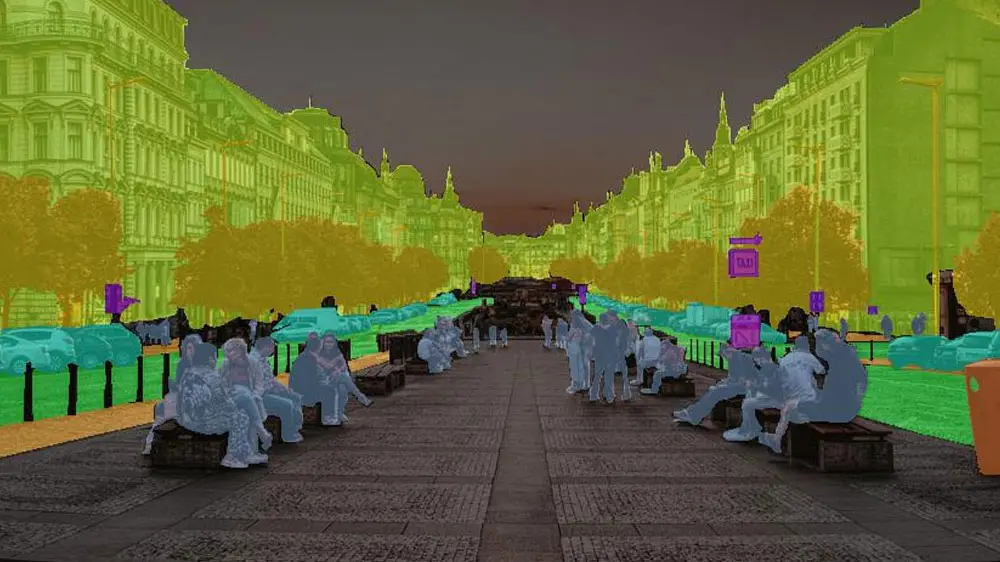
Image Segmentation
Our semantic image segmentation services can help you analyze and categorize objects within images, providing you with critical insights into their content.

Video Segmentation
Our video segmentation services allow you to analyze and categorize objects within the video frames, providing a comprehensive understanding of the scene over time.
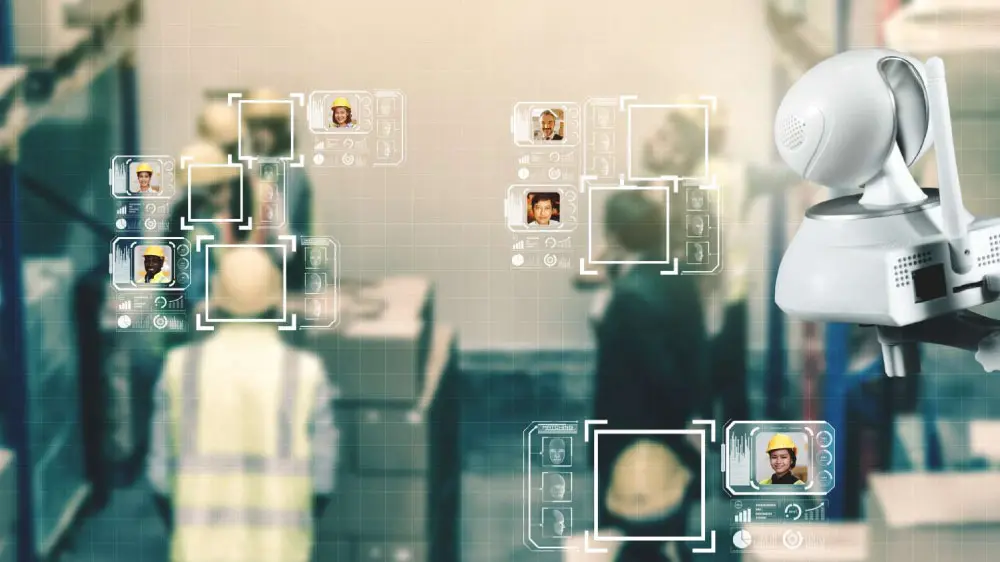
Object Detection and Tracking
Our object detection and tracking services help you identify, locate, and track objects in the images and videos, providing you with valuable information about their movement and behavior.
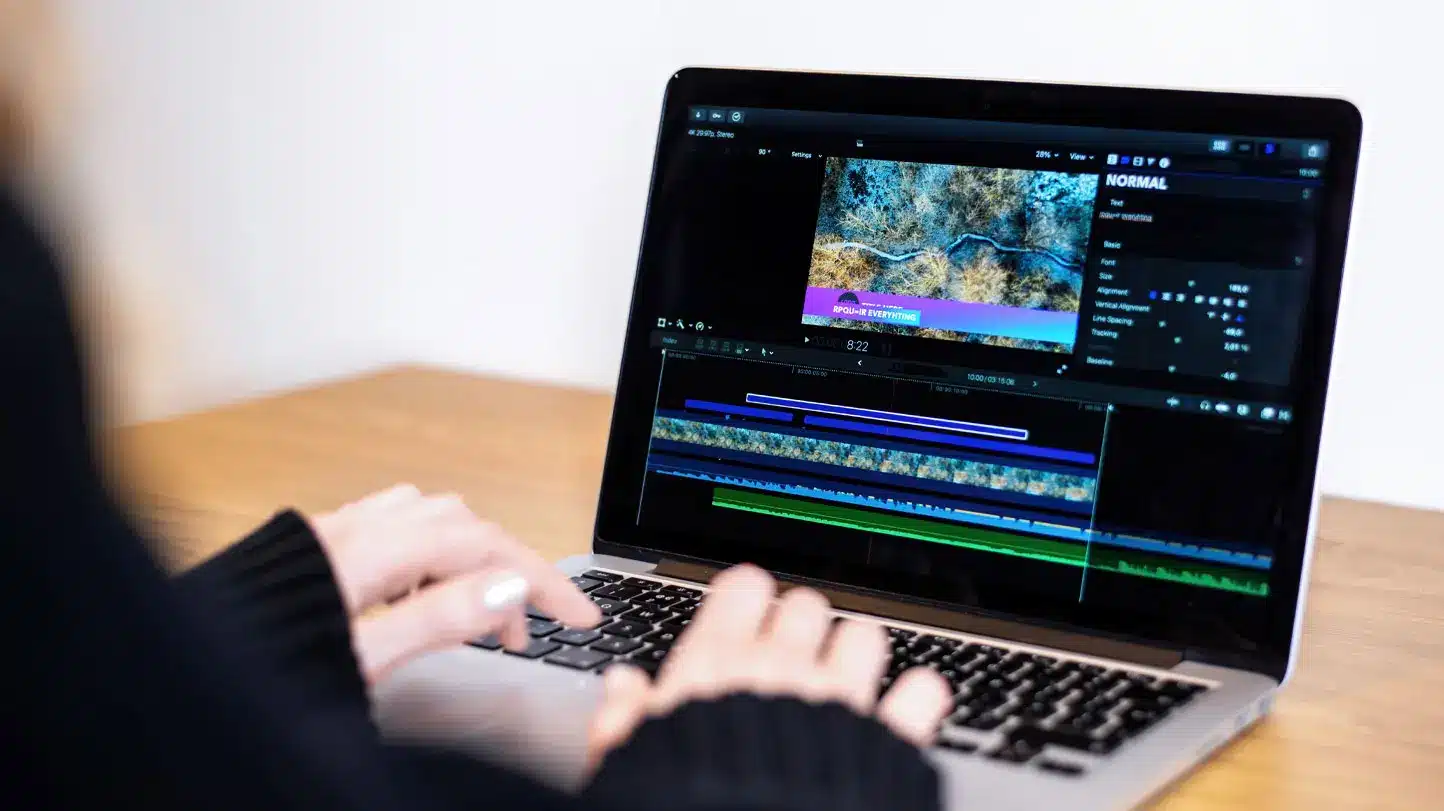
Image and Video Annotation
Our image and video annotation services help you label and categorize objects in images and videos, providing a comprehensive understanding.
How does semantic segmentation differ from object detection?
Semantic segmentation and object detection are two related but distinct computer vision techniques.
Semantic segmentation involves dividing an image or video into different segments, or regions, and assigning a label or category to each segment. The goal of such semantic segmentation deep learning is to provide a detailed understanding of the scene, including the objects and their relationships to each other.
On the other hand, object detection involves identifying, locating, and classifying objects within an image or video. The goal of such object detection is to locate and categorize specific objects within an image or video, providing information about their location, size, and type.
In short, semantic segmentation provides a more comprehensive understanding of the scene, while object detection focuses on specific objects within the scene. Both techniques can be used together to gain a complete understanding of images and videos, and organizations can choose the approach that best meets their specific needs.
Semantic Segmentation real world applications
Our semantic segmentation technology can be used in real-world applications such as autonomous vehicles, medical imaging analysis, and precision agriculture to accurately identify and categorize objects in images and videos, leading to improved decision-making and outcomes. We offer advanced semantic segmentation solutions that can enhance the efficiency and effectiveness of various industries, including healthcare, transportation, retail, and agriculture.

Healthcare
We offer advanced image segmentation deep learning solution to accurately identify and categorize objects such as bones, organs, and tumors in medical images, including X-rays, CT scans, and MRI images. This can aid medical professionals in the diagnosis and treatment of various conditions, leading to improved patient outcomes and reduced risk of error.
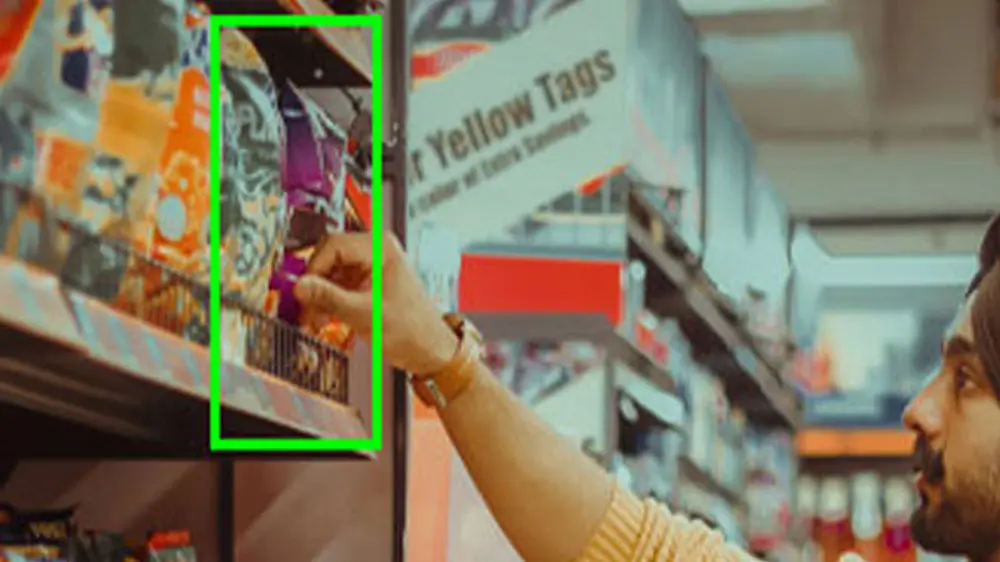
Retail
Our semantic segmentation deep learning techniques can provide valuable insights into consumer behavior and preferences by analyzing images and videos of products and customers in the retail industry. This information can be leveraged to enhance product placement, refine marketing strategies, and improve customer service.
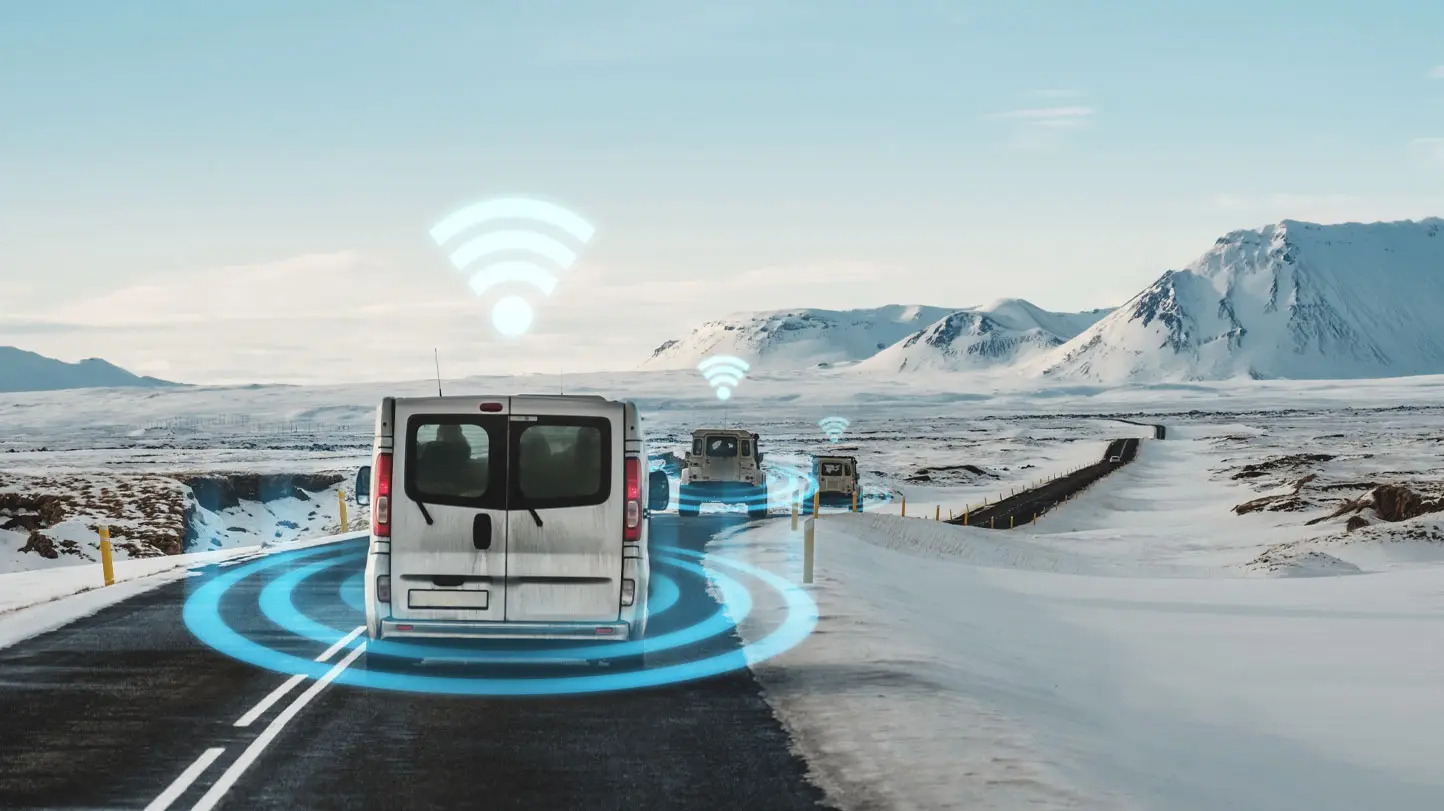
Transportation
We offer advanced semantic segmentation technology to analyze images and videos captured by cameras on vehicles in the transportation industry. This analysis provides a comprehensive understanding of the surroundings, including the road, traffic, and other vehicles, which can be used to enhance the navigation and minimize accident risks.
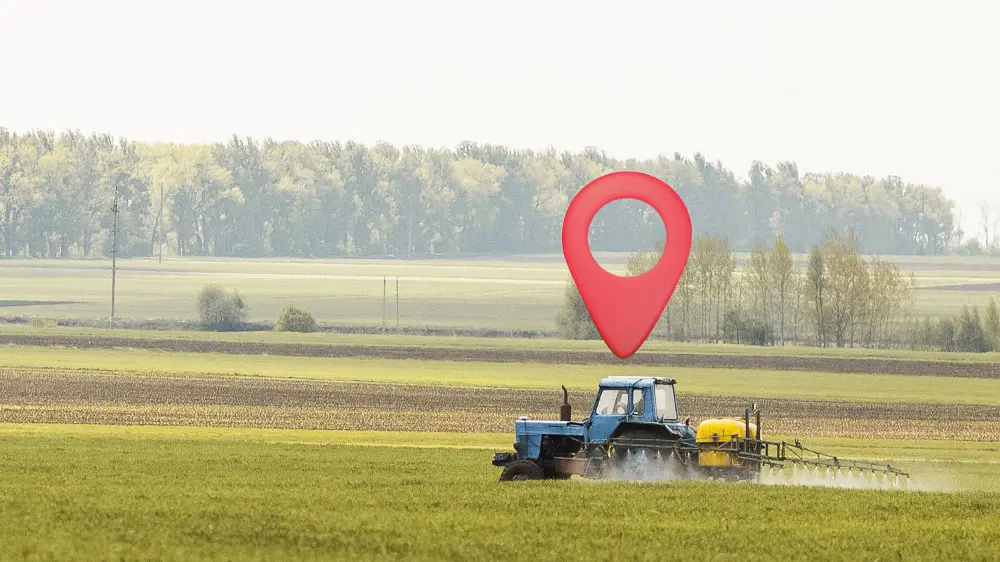
Agriculture
Our semantic segmentation services utilize drone-captured images and videos to provide a detailed understanding of crops and fields in the agriculture sector. This information can help streamline crop management and enhance crop yields, leading to improved profitability for farmers.
Want to partner with us?
Tell us more about your data challenges
FAQs
Why do we need semantic segmentation for autonomous driving, while recognition/detection is enough?
Semantic segmentation goes beyond recognition and detection by providing a detailed and nuanced understanding of the objects in an image or video. It not only identifies the presence of an object but also categorizes every pixel in the image into its respective object class, thereby providing a complete and dense map of the environment.
In autonomous driving, this level of detail is crucial for making informed decisions, such as determining the best path to take based on the layout of the road and objects surrounding the vehicle, or accurately detecting and classifying objects in the scene to avoid collisions. Recognition and detection alone may not provide enough information to make these decisions, especially in complex and dynamic environments.
Therefore, semantic segmentation is an essential component in the development of autonomous vehicles, as it enables the vehicle to have a deeper understanding of its surroundings and make informed decisions.
What is semantic segmentation in machine learning?
Semantic segmentation is a computer vision technique in machine learning that involves dividing an image into multiple segments, each of which is then assigned a semantic label that describes the category of the objects present in that region. It is a form of deep learning that uses algorithms to analyze and categorize the pixels in an image. Semantic segmentation deep learning allows for a pixel-level analysis of the image data, providing a more in-depth and detailed understanding of the objects and things present in an image or video. This information can then be used to solve various computer vision problems, such as object recognition and categorization, image classification, and scene understanding.



